A great game gets an even better sequel, and you're all going to love it.
Marvel's Spider-Man dominated the gaming world in 2018. It was gorgeous, compelling, and had just about everything we wanted to see in a Spider-Man game. The cinematics and fluid gameplay helped spectators feel like they were watching a movie instead of a game, made all the more real by the most accurate representation of NYC ever experienced in a game like this. The story was amazing, the sidequests and accessory hunting was spectacular, and this Peter Parker was marvelous. (I will not be apologizing for that sentence, lets move on.)
It was clear at the end of that game there was only one way to go for a sequel — both in terms of story and cultural trends. Marvel's Spider-Man came out right next to the globally adored Spider-Man: Into the Spider-Verse movie, where we saw Miles Morales take center stage as the awkward teenage web-slinger for the first time. While the Miles in the animated movie and the Miles we saw in Marvel's Spider-Man weren't exactly the same, the announcement that this sequel would be all about Miles putting on the suit for the first time was celebrated.
Now that I've had some time to go through Spider-Man: Miles Morales, it's clear Insomniac Games didn't just deliver a compelling sequel to its already tremendously popular game. This team raised the bar for compelling gameplay and deeply human storytelling just in time for a whole new generation of games to be unleashed upon us all.
Marvel's Spider-Man: Miles Morales
Bottom line: It's everything you love about the first game, with an incredible new story and loads of improved gameplay mechanics.
The Good
- Visually stunning
- Miles is so much fun to play
- Genuinely heartwarming story
- Spectacularly inclusive
The Bad
- A little on the short side
- Lacking in some extras compared to original game
Launch Edition ($50 at Amazon) Ultimate Launch Edition ($70 at Amazon)
No Spoilers, promise
Spider-Man: Miles Morales Story and gameplay
Miles Morales is Spider-Man. Or rather, he's Spider-Man In Training. Peter Parker has been hard at work showing him the ropes, and together they've been helping New York recover from the events of the first game. For Peter, this is great! He's not alone anymore and he has someone he can share all of his deepest secrets and deepest knowledge with, like how to drink coffee while hanging upside-down and what Howard is doing with all of those pidgeons.
For Miles, however, things are a little less great. Being taught how to be Spider-Man is cool, but he's not Peter. Not only does he know this on the inside, but everyone in NYC regularly reminds him he's "the other Spider-Man" when he helps out. This is why when Peter leaves for Europe for a few weeks with MJ, Miles finds himself struggling to be the kind of Spider-Man everyone thinks he should be instead of being the purest version of himself.
This detail is incredibly important because Miles Morales is not Peter Parker at all. That might seem obvious, but it's important part of Miles' character and growth, and the game does such an incredible job focusing on this. Miles can't make himself drop quips in the middle of a fight like Peter can. At one point someone thanks Miles for his help and he replies "Physics is the real hero!" and moves on. All Miles really wants to do is spend time with his friends but he feels this calling and gives it everything he's got and more. Watching this unfold as you play is genuinely heartwarming.
Putting the controller down is basically impossible.
If you've played the original, you already understand most of the gameplay mechanics here. Everything is based on the original gameplay engines, so swinging through the city and interacting with the world all feels exactly the same. Combat is mostly the same, though new villain types mean you need to vary your techniques as you fight. It doesn't take long for the obvious differences between Miles and Peter to make themselves apparent in gameplay. Miles has some unique abilities, most notably his Venom Strike and temporary invisibility.
Being able to deal devastating single blows and then vanish completely requires a few more buttons you weren't using when you played as Peter, and that makes the variety of attacks and combat styles significantly more varied. While it was easy for combat in the original to occasionally feel repetitive, fighting as Miles is on an entirely different level. Peter played best when you could single out an opponent and eliminate them while moving quickly between multiple combat sequences. Miles is capable of drawing in a crowd, impacting all of them simultaneously, and then instantly switching to a stealth tactic for one-on-one combat. It's a ton of fun to play with all of the new tricks in the arsenal, and makes an already entertaining combat system feel that much more engaging.
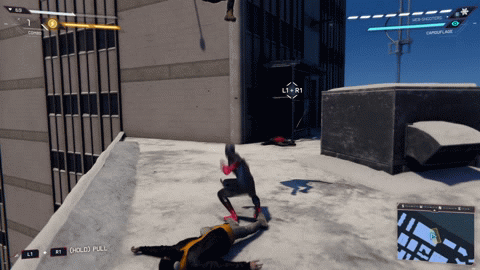
Much of the same "lair" system from the last game exists here. Bad guys have areas you can either sneak or drop into, and you can choose between stealthily cleaning out the nest or making as much noise as you like and cracking skulls. The biggest difference here, aside from the villains being different from the last game, is the loss of load screens when entering these zones. Whatever Insomniac has done to optimize this part of the game should be commended because it all feels like one fluid part of the game now. The only consistent loading screen you'll see in this game is with fast-travel, which is to be expected.
Where Peter had contacts within the police and his own access at his day job, Miles needs to be Spider-Man a little differently. That's why he has Ganke Lee, the "guy in the chair" to help him figure out where to go. And since Ganke is a tech whiz like Miles, he quickly whips up the Friendly Neighborhood Spider-Man app for NYC locals to call for help on. It all happens on Miles' phone, which is helpful for progression of the game.
This fills out the sidequests for Miles nicely, but also gives a great set of plot points for Miles to make a good impression on his fellow New Yorkers. One sidequest in particular, where Miles stops to help a Black deaf woman who calls him "Our Spider-Man," really hit me in the heart. Not only was the sign language used by both characters correct, but it was such a deeply moving moment in the game I had to stop and take a minute.
When this story reaches its inevitable climax, putting the controller down is impossible. The game does a great job of warning you there's endgame material ahead so you can finish sidequests, but once you start you're in it both emotionally and physically.
Feed my completionist soul
Spider-Man: Miles Morales Unlockables and AI
There's no getting around it, Miles Morales has a lot less game to it than its predecessor. If that surprises you, I'm not really sure what to tell you. This game was built and released in less than two years, during which time the previous game received three different DLC. This game was never going to be as lasting as the first game given such a short development time, but what you get is pretty great.
The core story was something I completed in about 10 hours, and then spent another three hours appealing to the completionist in me. It'll probably take someone 15 hours of gameplay to fully Platinum this title, but trust me when I say you will enjoy every moment of it.
As you might expect, Miles has a number suits for you to unlock. Nearly all of them offer you some form of combat modifier, but those features are not bound to those suits. Once you've unlocked a design, you can equip whatever mods you want to that suit and move on. This means once you've got some gear you like, you don't have to sacrifice style.
This was a great move because Miles doesn't have nearly enough to choose from once everything is unlocked. One of his suits is quite literally one you already have with a scarf and winter boots. The story behind that scarf is fantastic, but setting it up as a whole different suit in the menu is sad when there's not a ton of options.
The one suit most people know about, which earned quite a bit of excitement when it was teased online, is the animated suit from Into the Spiderverse. This suit lets you look like Miles from the movie, both in visual design and animation. This feature is important because Miles from Into the Spiderverse goes through some visual trickery throughout that movie — while the rest of the movie is animated at 24 FPS, Miles starts at 12 FPS and grows into 24 FPS as his character develops. It's wild, and seeing that same effect in this game is incredible but also jarring as hell. The whole world is animating at 60 FPS, but in this suit and with this mod Miles himself drops to 24 FPS. It looks amazing for swinging through the city, but in intense combat situations the framerate discrepancy made my brain hurt and I had to turn it off. Still, well worth playing with.
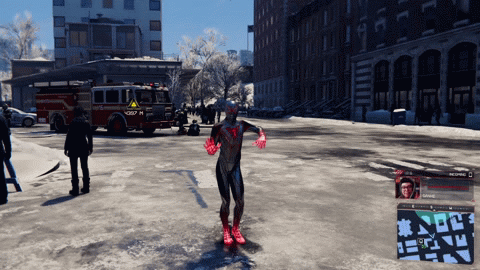
Unlocks now also come in the form of combat bonuses. The skill tree can be fully unlocked with points you earn by leveling up, but there are separate abilities you unlock by performing technical challenges throughout the game. This is an entirely separate part of the skill tree for Miles, and encourages you to focus on skill rather than button mashing or gadgets. The failure mechanism is not as steep as other skill based challenges in games like Horizon Zero Dawn, so gamers of any skill level can eventually unlock the entire skill tree.
It's an incredible adventure, with equal parts heart and action.
The reliance on unlocking suits and gadgets, coupled with Miles' temporary invisibility, means stealth missions are very different in this game. The right combination of holograms, sneak attacks, and mods to help you see what no one else can makes it so these missions needs to be built differently. By the time you've unlocked everything the challenges have absolutely increased at a commensurate rate. I didn't feel the same way about the last game, so it's great to see some polish here.
Where I didn't see a lot of new polish is in the AI. New Yorkers still flinch and run away when you get near them, even if you walk up casually. Bad guys quips are still painfully repetitive — in fact there's one woman in particular who will threaten to tear your mask off and it stands out so strongly because it's one of the only loud AI lines from a woman enemy in the game.
Some fun differences
Spider-Man: Miles Morales PS4 vs PS5
While Sony is correct to champion this game as a great launch title for the PS5, it's great to know you can still enjoy this game if you're not ready to upgrade. But having the game exist in both places means we need to talk about what you gain and lose based on the console you're playing it on.
Before Sony shipped Android Central's PS5 review unit, we had access to Miles Morales on the PS4, so that's where I actually completed the game. And in doing so on my 4K HDR-enabled television, I can say with certainty the game wanted for nothing. It's just as beautiful as the original, with compelling background and spectacular vibrance everywhere. This felt like a next-gen game on my current-gen console.
On the PS5, you have a pair of performance options. You can opt for flawless 4K60 performance, or you can enable Ray Tracing in Fidelity mode and watch your jaw drop. We have a quick video comparing ray tracing on the PS5 to the PS4 version, and the differences couldn't be more clear. It's not quite as mind-blowing as some of the ray tracing examples we've seen on the Xbox Series X so far, but it's reasonable to chalk that up to developers not yet being as familiar with Sony's non-DirectX implementation.
Visuals aren't the only difference in the experience here. Like every other performance-intensive game, playing Miles Marales on the PS4 Pro means the console gets loud. To some, it's like someone poured lighter fluid into a HEMI engine and can occasionally take you out of the immersion such a game offers. On the PS5, Miles Morales is whisper quiet. The difference is honesly kind of alarming, as well as a pleasant reminder of what to expect with this next generation of consoles.
Silent running and some additional pretty may not be enough to sway you to pick up a PS5 just for this game, but it's a solid indicator of what you can expect when you do eventually decide to upgrade.
Spider-Man: Miles Morales Should you buy it?
In my mind, the question is not whether you should buy this game but instead which version. If you're reading this review, you're already going to love this game. If you played Marvel's Spider-Man, you're going to love this game. If you're a fan of more Miles Morales in whatever form you can get it, you're going to love this game. For many, this review is just confirmation the thing they were going to buy is great. And it is — it really is just as good as you hoped.
If you already own Marvel's Spider-Man, and you're not planning on buying the PlayStation 5 right away, just buy the $50 standalone Miles game and have fun. If you already have the PlayStation 5 ordered for launch day, consider spending the extra $20 and getting the Ultimate Edition of the game. This will give you Miles Morales as well as a remastered version of Marvel's Spider-Man, so you can enjoy the original game in all of the same visual excellence you'll get in this new chapter.
Either way you go, Spider-Man: Miles Morales is an incredible adventure with equal parts heart and action, and probably the most fun you will have had in 2020.
Marvel's Spider-Man: Miles Morales
Bottom line: It's everything you love about the first game, with an incredible new story and loads of improved gameplay mechanics.
Launch Edition ($50 at Amazon) Ultimate Launch Edition ($70 at Amazon)
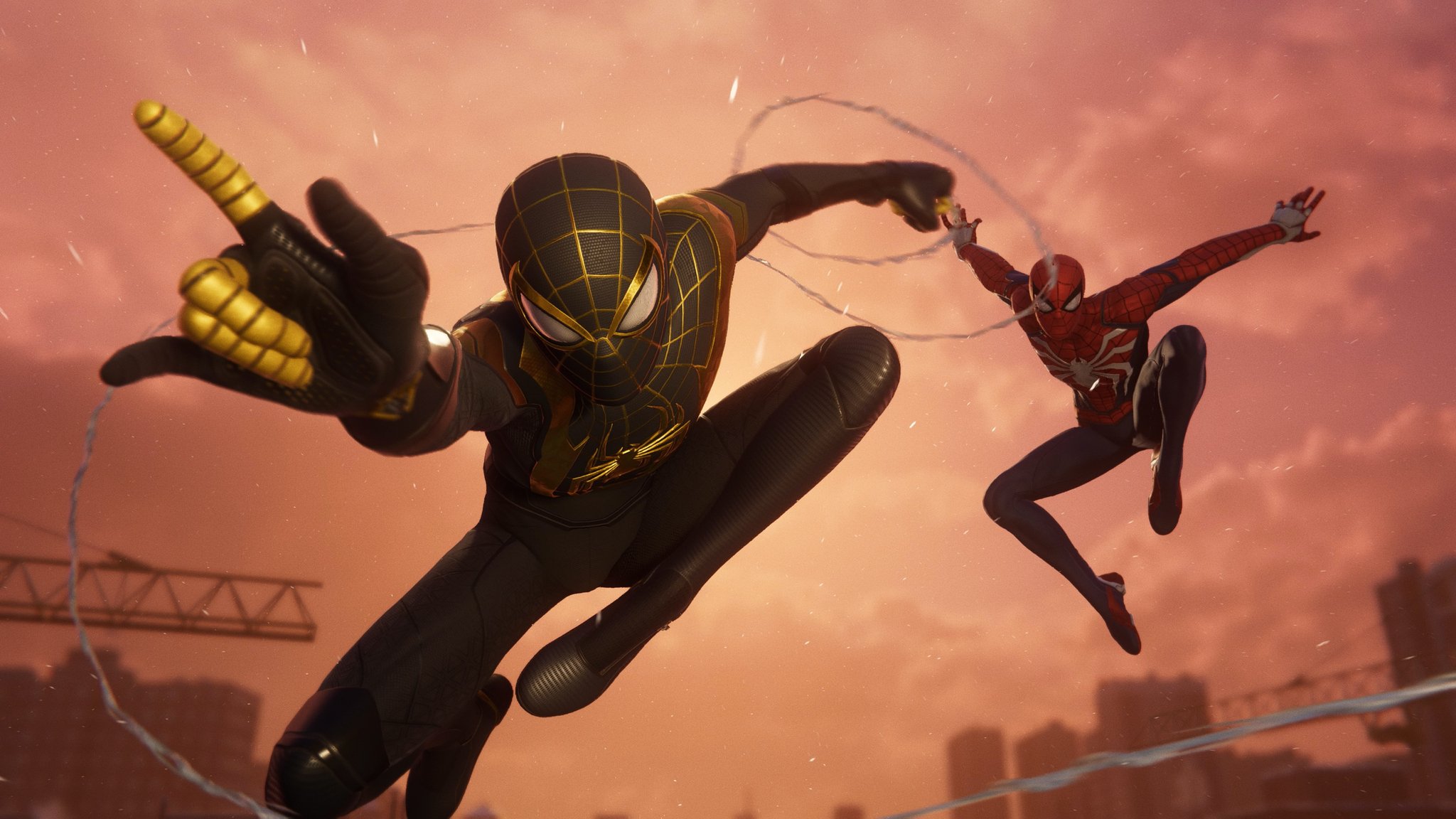
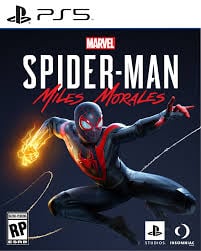
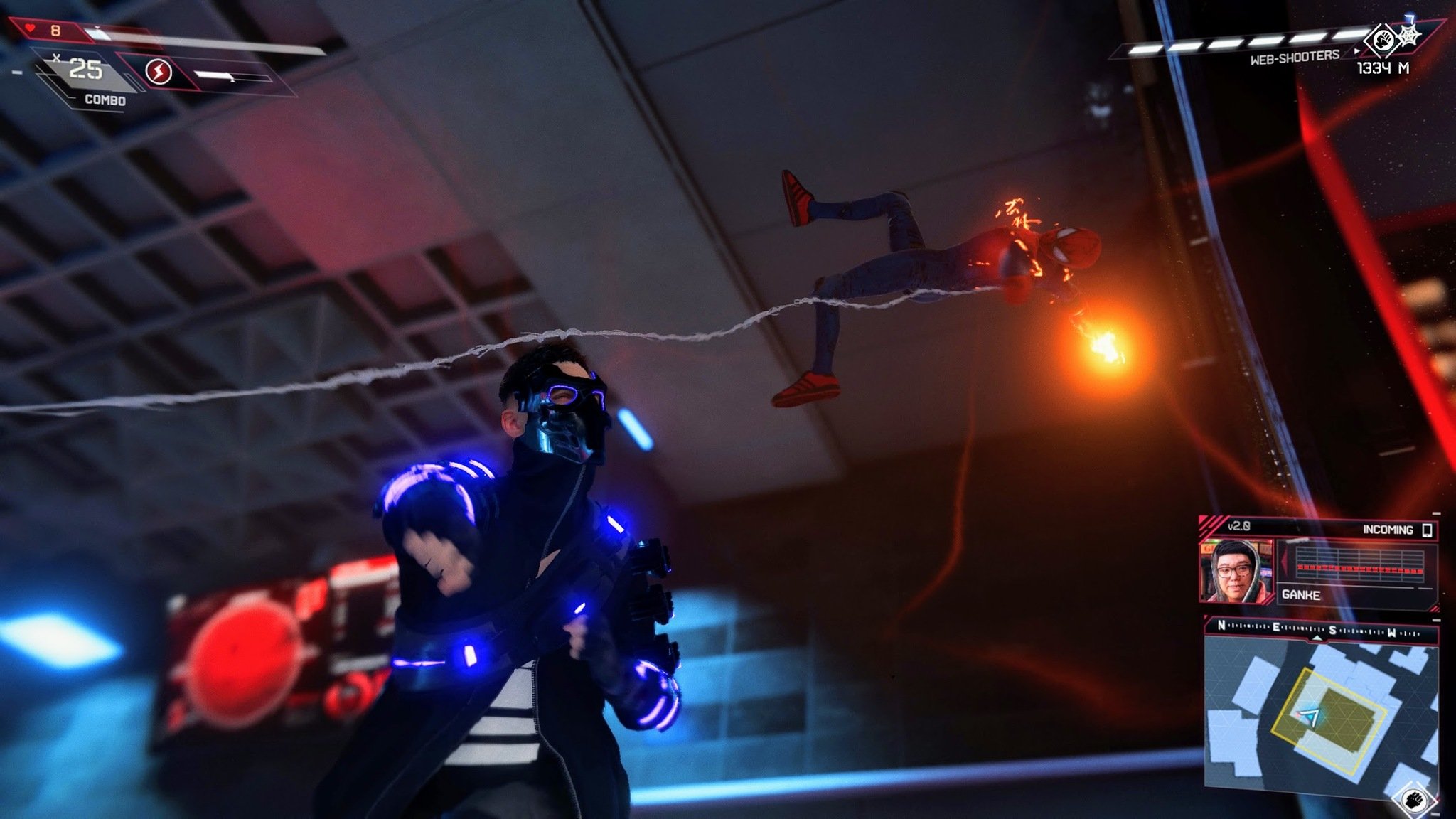
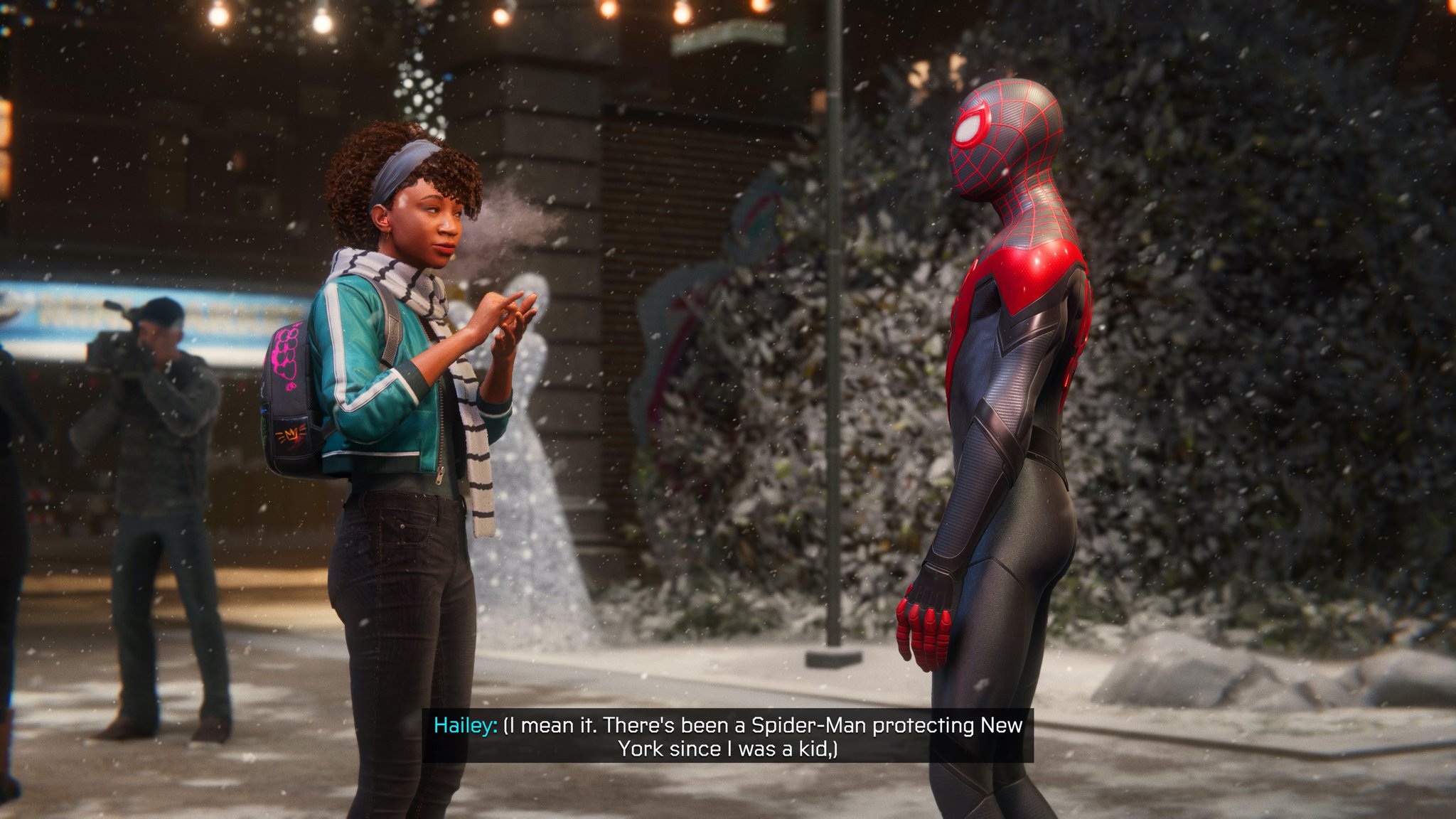
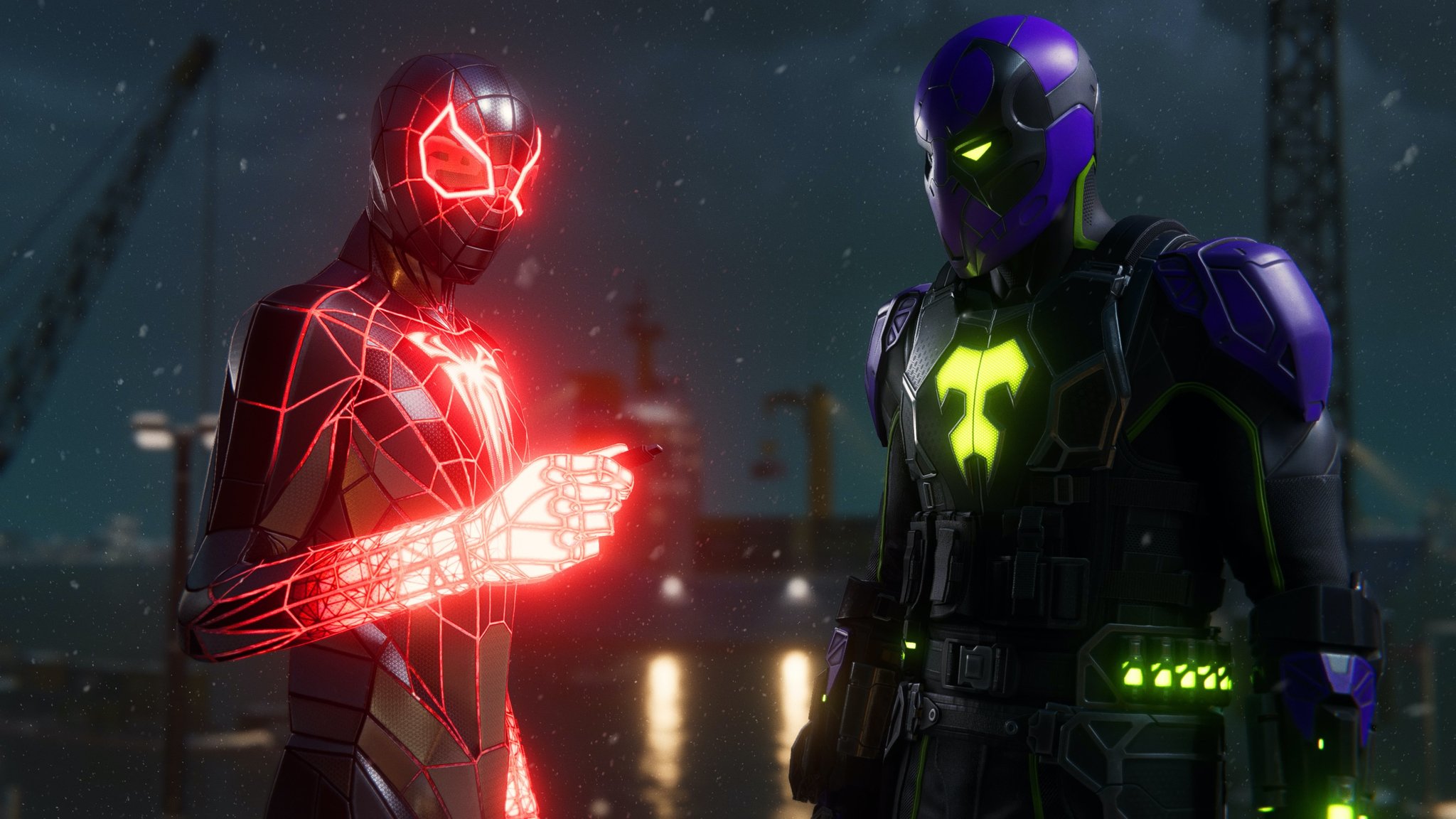
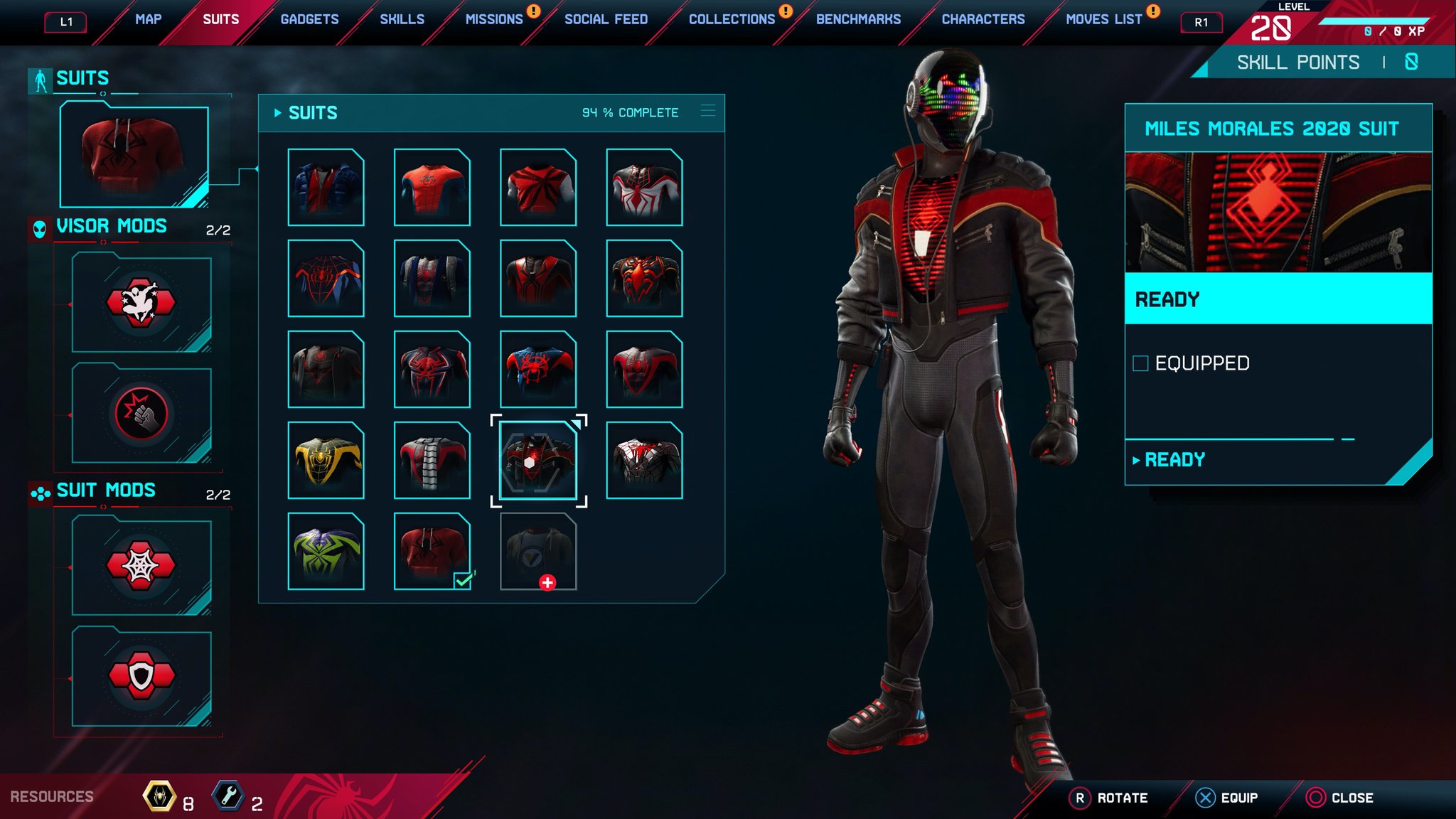
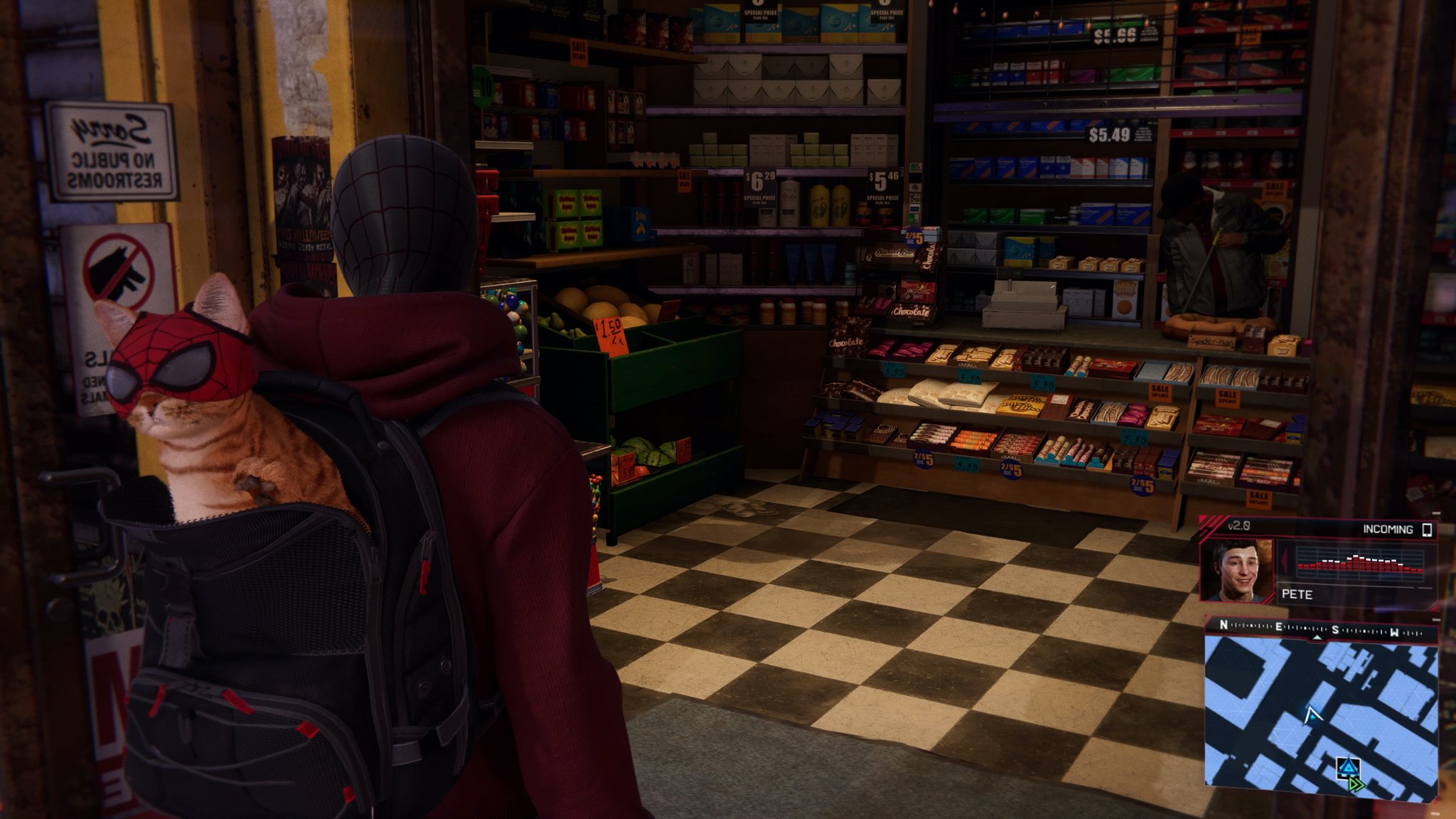
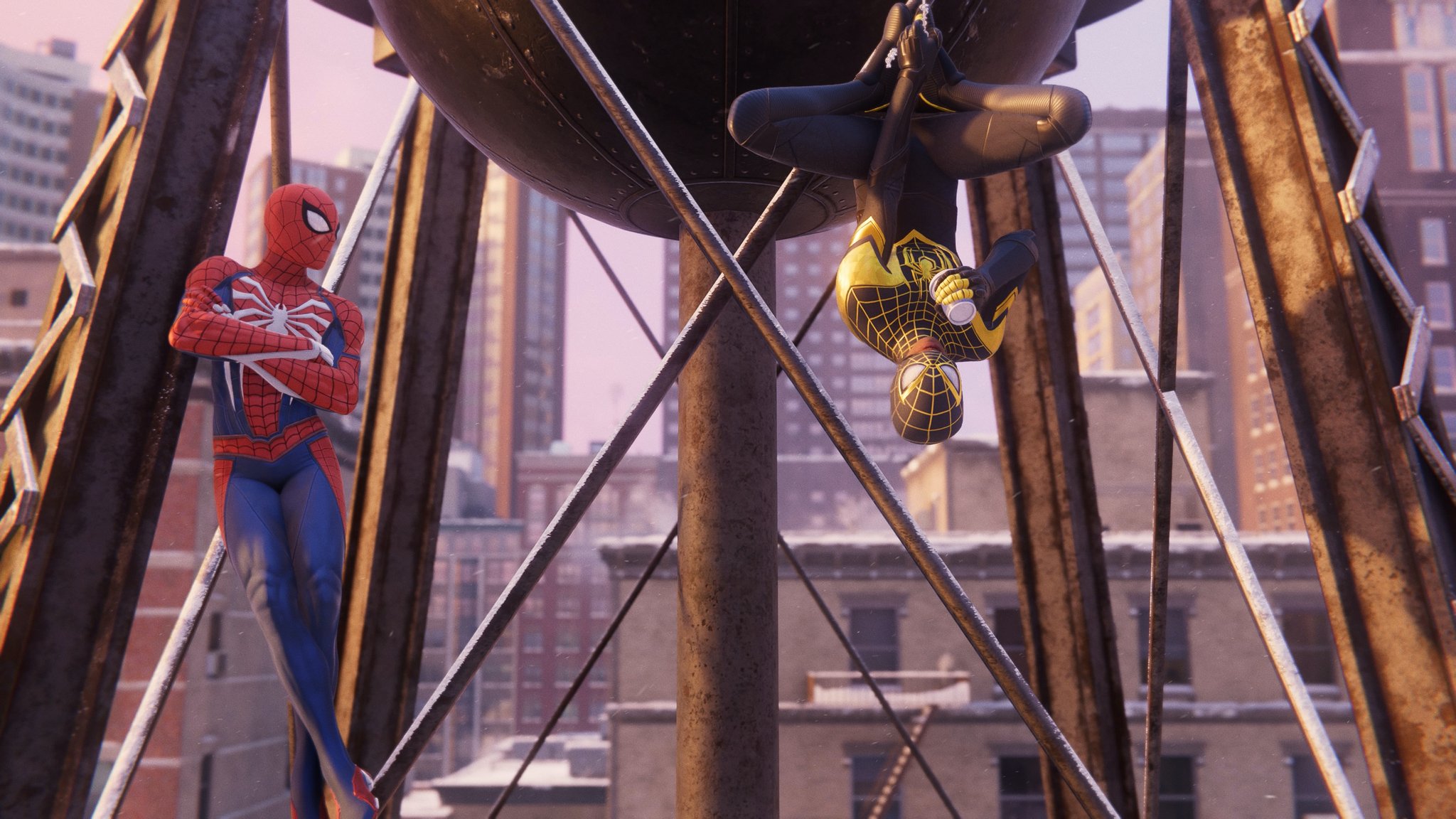
0 Response to "You Can See More: Review: Spider-Man: Miles Morales was everything I hoped it would be"
Post a Comment